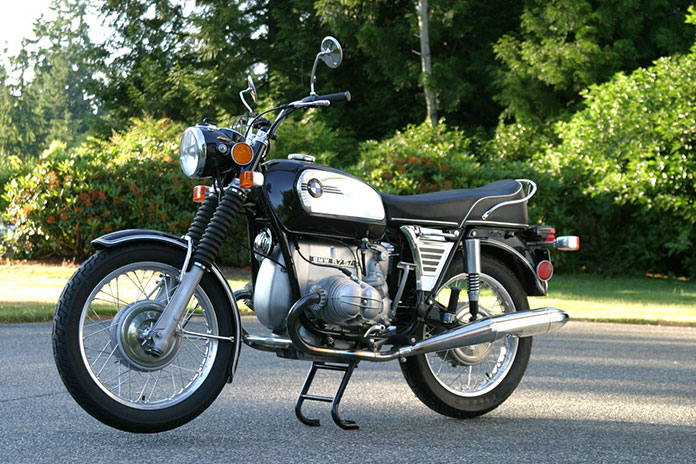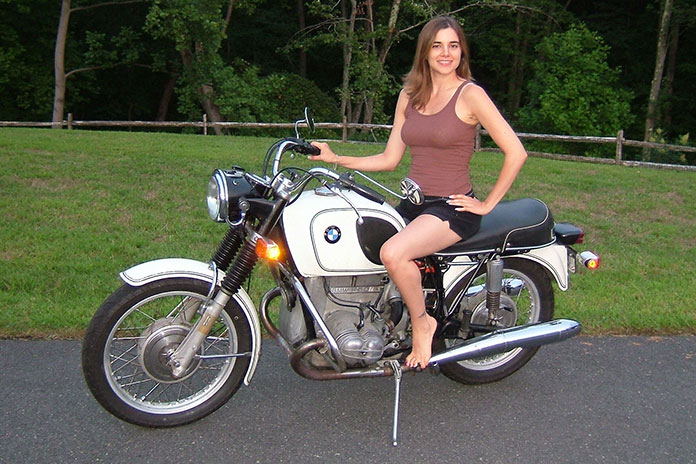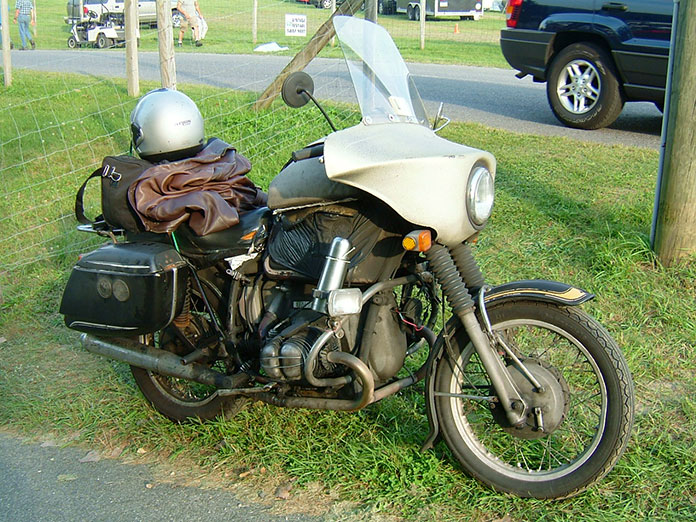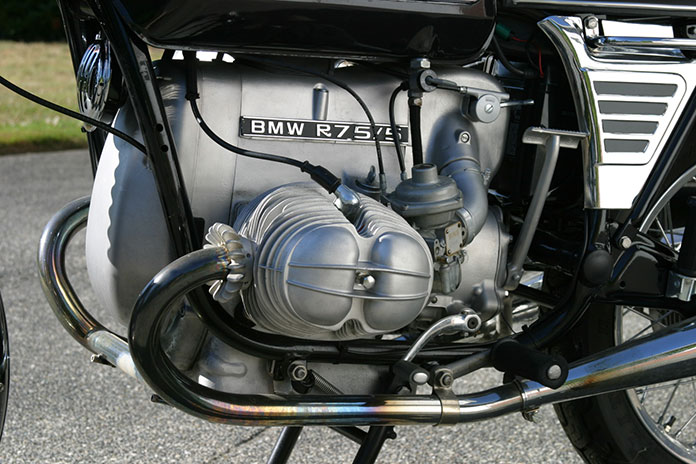Retrospective: BMW /5 Sequence – 1970-1973

[ad_1]

The yr 1969 was a tumultuous time within the bike trade, marked by the rise of the Japanese and the start of the top for the British. Amidst this backdrop of quickly evolving client sentiment, BMW launched its /5 (“slash 5”) Sequence for the 1970 mannequin yr. In its three years of manufacturing, the /5 household of bikes reinvigorated the model with its up to date design and ushered in BMW’s fabled “Airhead” Sort 247 Boxer Twin engine, variations of which might proceed to propel the marque’s R-Sequence bikes for the subsequent 25 years.
See extra of Rider‘s Retrospective bike tales right here.
The /5 Sequence, constructed at BMW’s latest facility in Spandau, Berlin, was out there in three variants. The R 50/5 (500cc) was essentially the most inexpensive, the R 60/5 (600cc) was the midrange, and the R 75/5 (750cc) was the highest of the road.
Commercial
In comparison with its predecessor, the BMW /2 Sequence, the /5 Sequence was a totally modernized ground-up redesign. It boasted up-to-date 12-volt DC electrics full with a 180-watt alternator, an electrical starter, extra highly effective drum brakes, and a slew of different noteworthy upgrades. The body was of tubular metal building with a double downward cradle for the engine, much like the benchmark Norton Featherbed. A rear subframe was bolted onto the mainframe and served because the higher mount for the dual rear shocks. Up entrance, the previous /2’s Earles fork was changed with a telescopic fork on the /5, signaling a practical change of focus from utilitarian sidecar responsibility to improved dealing with as a solo bike.
See all of Rider‘s BMW protection right here.
After all, no dialogue of the BMW /5 could be full with out an examination of the Sort 247 “Airhead” flat-Twin engine. Particular care was taken by the corporate to design a easy, dependable motor that addressed earlier issues in regards to the /2 mill. To this finish, the 247’s chain-driven camshaft runs under the crankshaft, permitting gravity help of oil supply to the camshaft and eliminating the periodic full teardowns required to take care of the previous /2 design’s “oil slingers.” Two valves in every hemispherical cylinder head are actuated by the camshaft by means of followers, pushrods, and rocker arms. A stroke of 70.6mm is fixed throughout the /5 line, with bores of 67mm, 73.5mm, and 82mm figuring out the displacement of the R 50/5, R 60/5, and R 75/5 respectively.
The R 50/5 and R 60/5 fashions are geared up with 26mm Bing slide carburetors, whereas the R 75/5 options 32mm Bing CV items. On all fashions, the engine energy is transmitted through a single-disc dry clutch to a stout 4-speed gearbox after which to the swingarm-mounted remaining drive through shaft.

For late 1973 fashions, BMW lengthened the rear swingarm by roughly 2 inches, ensuing within the so-called “Lengthy Wheelbase” /5. The tell-tale indicators of a Lengthy Wheelbase mannequin are the weld marks on the final-drive aspect of the swingarm the place the extension was added by the manufacturing unit. The additional room allowed a bigger battery to be positioned behind the engine and gave riders some extra clearance between their shins and the carburetors. To this present day, /5 fanatics viciously argue over whether or not the sharper dealing with deserves of the unique short-wheelbase fashions trump the high-speed stability of the long-wheelbase variations.
Both method, at barely over 460 lb, the R 75/5 was one of many lightest 750cc bikes of the period, and with a high pace of 109 mph, it was one of many quickest as nicely.

Complementing these practical upgrades to its new bike line, the /5’s aesthetics have been additionally a spicy departure from the extra somber BMWs of yore. Though initially out there solely within the white, black, or silver colours for 1970-71, the 1972-73 fashions have been out there in seven hues, together with Monza Blue and Granada Purple. Additional surprising traditionalists, 1972 noticed the introduction of the 4-gallon “Toaster” fuel tank, which featured outstanding chrome accent panels on both sides. Although extreme chrome on a BMW was heresy on the time, in the present day the Toaster-tank /5 is taken into account precious to collectors, because it was solely produced for the 1972-73 mannequin years.
Opposite to the preliminary worries from BMW traditionalists that the corporate had strayed too removed from its function-over-form roots, the /5 bike household has earned a sterling status for anvil-like reliability. Being traditional European bikes, the /5s naturally have sure idiosyncrasies, however total, the design and building are strong. In a testomony to their supreme high quality, these bikes are nonetheless typically used as each day runners 50-plus years after their preliminary manufacturing.
Skilled homeowners declare that with well timed upkeep, these bikes are almost indestructible. In actual fact, correctly working /5s with nicely over 100,000 miles on them are commonplace at BMW rallies worldwide. I met an proprietor of 1, the late Fred Tausch, at a rally in 2004. Tausch’s 1970 R 60/5 had greater than 600,000 miles on its clock and was nonetheless working when its proprietor handed away. Particulars are sketchy, however supposedly the engine was solely overhauled twice throughout this exceptional service run.
The traditional BMW bike group is an lively one, with ample technical assist and a well-organized community of fanatics (aka “Airheads”) who collect recurrently to have a good time their favourite machines. Components are nonetheless plentiful, although they’re getting dearer as time goes on.
In the end, the /5 Sequence represented an initially dramatic however finally triumphant gamble for BMW. These bikes weren’t the cautious evolutions of the prevailing /2 designs that the model’s trustworthy followers had anticipated. The /5’s newfound emphasis on efficiency and magnificence, mixed with vital value will increase over the /2 Sequence it changed, might have simply spelled market doom. Fortunately, that was not the case, and the /5s grew to become a light hit.
[ad_2]
Source_link





